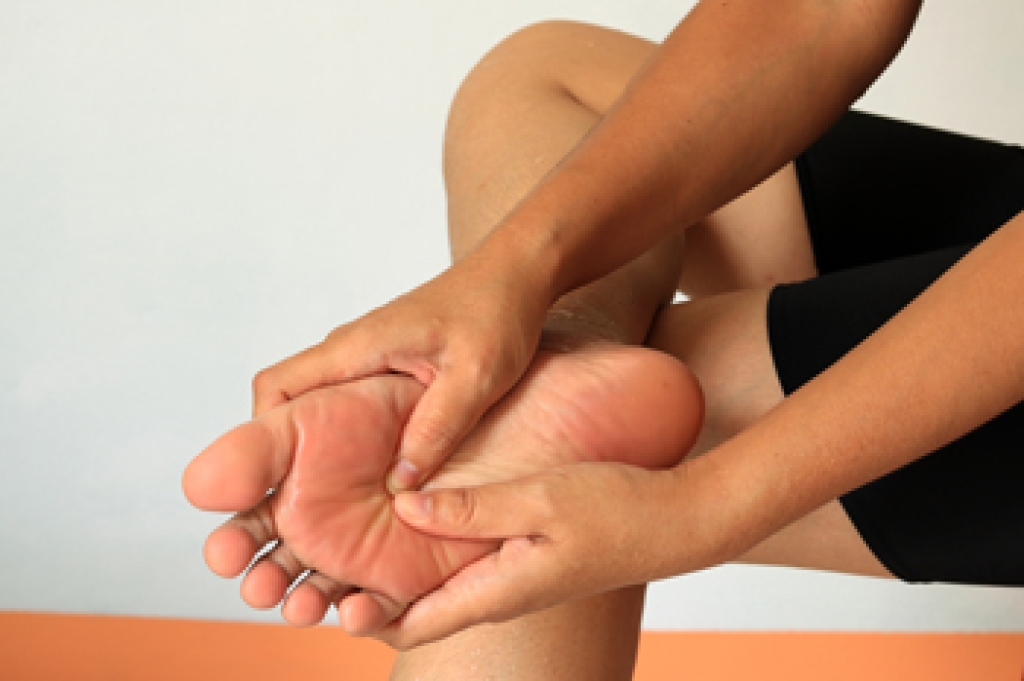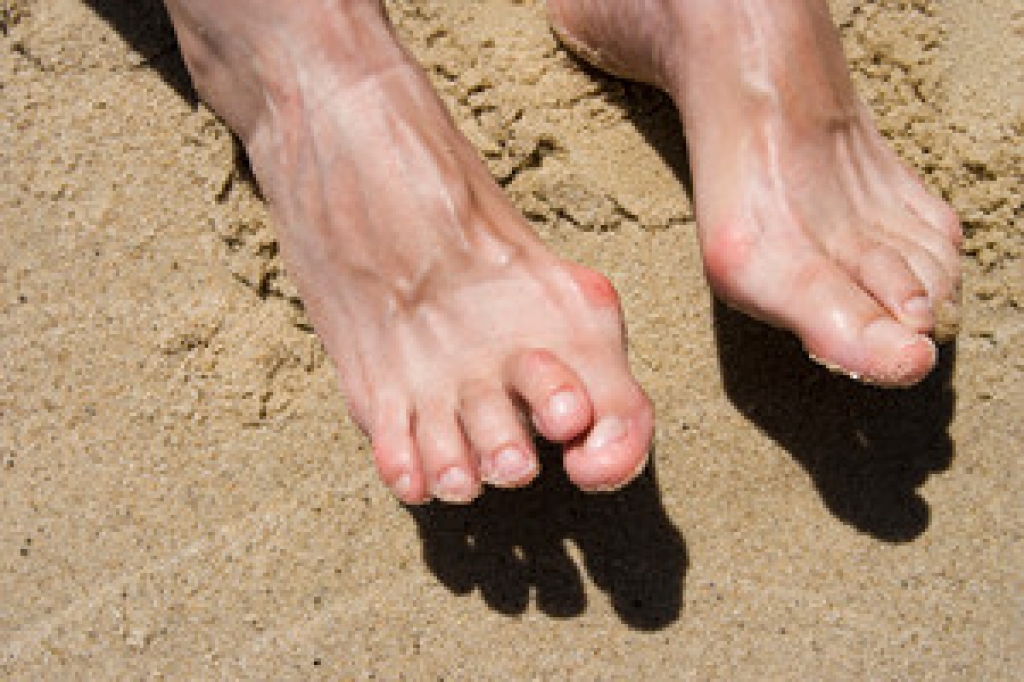
Ingrown toenail infections occur when the edge of the toenail grows into the surrounding skin, allowing bacteria or fungi to enter and cause infection. This condition is often caused by improper nail trimming, wearing tight or ill-fitting shoes, injury, or poor foot hygiene. Symptoms include redness, pain, warmth surrounding the nail, and sometimes pus or drainage indicating infection. The affected toe may look swollen and inflamed, and the pain can make walking or wearing shoes uncomfortable. If left untreated, the infection can worsen and lead to more serious complications. A podiatrist can diagnose ingrown toenail infections through a physical examination and assess the severity of the condition. Treatment may include antibiotics, proper nail care, or minor surgical procedures to remove the infected portion of the nail. To prevent worsening pain and complications, it is suggested that you schedule an appointment with a podiatrist for an expert evaluation and treatment.
Ingrown toenails can become painful if they are not treated properly. For more information about ingrown toenails, contact one of our podiatrists of Lewis Wolstein, DPM, P.C. & Associates. Our doctors can provide the care you need to keep you pain-free and on your feet.
Ingrown Toenails
Ingrown toenails occur when a toenail grows sideways into the bed of the nail, causing pain, swelling, and possibly infection.
Causes
- Bacterial infections
- Improper nail cutting such as cutting it too short or not straight across
- Trauma to the toe, such as stubbing, which causes the nail to grow back irregularly
- Ill-fitting shoes that bunch the toes too close together
- Genetic predisposition
Prevention
Wearing proper fitting shoes and using proper cutting techniques will also help decrease your risk of developing ingrown toenails.
Treatment
Ingrown toenails are a very treatable foot condition. In minor cases, soaking the affected area in salt or antibacterial soaps will not only help with the ingrown nail itself, but also help prevent any infections from occurring. In more severe cases, surgery is an option. In either case, speaking to your podiatrist about this condition will help you get a better understanding of specific treatment options that are right for you.
If you have any questions, please feel free to contact our office located in Co-Op City, NY . We offer the newest diagnostic and treatment technologies for all your foot care needs.




